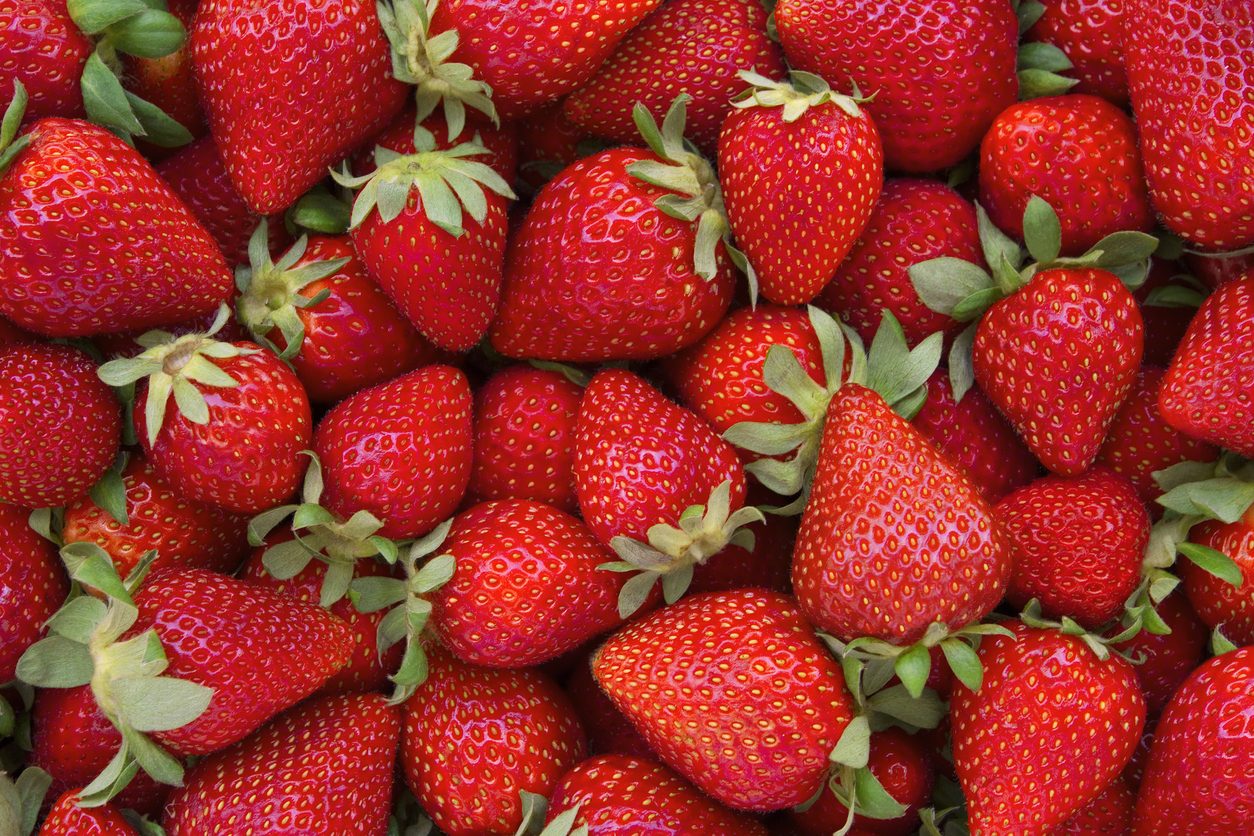The Top 5 Edible Pumpkin Varieties You Should Try
Pumpkins aren't just for Halloween—they're a delicious and versatile ingredient! With various edible types, each offering its own distinct flavor and texture, there's a perfect pumpkin for every dish. This guide will help you find the ideal pumpkin for soups, pies, and beyond.

Pumpkins are more than just iconic symbols of autumn and Halloween decorations. They are versatile, nutritious, and come in a variety of types, each with its unique flavor, texture, and applications in cooking. Whether you're a seasoned cook or a gardening enthusiast, understanding the different types of edible pumpkins can upgrade your cooking. Read ahead as we walk you through the most popular edible pumpkin varieties, their characteristics, and how best to use them in your kitchen.
1. Sugar Pumpkin

The sugar pumpkin, also known as the pie pumpkin, is the go-to variety for baking pies, muffins, and cakes. Unlike larger pumpkins used for carving, sugar pumpkins are smaller, sweeter, and have smoother flesh. They weigh around 2 to 4 pounds, making them easy to handle in the kitchen. Their flavor is mild and slightly nutty, with a rich, creamy texture that makes them perfect for desserts and smooth purees. Sugar pumpkins have less water content, making them ideal for dishes where you want a rich and dense pumpkin flavor. They blend well into pies and retain their sweetness even after cooking.
2. Kabocha Pumpkin

Kabocha pumpkins, often referred to as Japanese pumpkins, have a distinct dark green, bumpy skin with bright orange flesh inside. This variety is known for its chestnut-like flavor and dense texture, which becomes creamy when cooked. Kabocha pumpkins are great for roasting, steaming, and adding to soups. Their starchy, slightly sweet taste pairs wonderfully with savory dishes, making them a versatile ingredient for curries, stews, and tempura. The skin is edible, so no need to peel it!
3. Butternut Squash

Though technically a type of winter squash, butternut squash is often grouped with pumpkins due to its similar flavor and texture. It has a smooth, beige skin and bright orange flesh that's sweet and nutty. Butternut squash is incredibly versatile – you can roast it, blend it into soups, or even use it as a filling for ravioli. Its smooth texture and rich flavor make it perfect for creamy soups and sauces. Plus, its long shape makes it easy to peel and cut, saving you prep time.
4. Cinderella Pumpkin

Named after the pumpkin that turned into Cinderella's carriage, the Cinderella pumpkin has a flattened, round shape with deep ridges. Its vibrant orange-red color makes it visually appealing, but it’s also incredibly delicious. The flesh is dense, sweet, and moist, making it ideal for baking, roasting, or even turning into pumpkin puree. The Cinderella pumpkin's sweetness shines in pies and soups, and its bright color adds a beautiful touch to your dishes. It’s a fantastic choice if you want to impress with both taste and appearance.
5. Blue Hubbard Pumpkin

The Blue Hubbard pumpkin stands out with its blue-grey skin and large, bumpy appearance. Despite its tough exterior, the flesh is sweet, nutty, and rich, making it an excellent choice for pies and savory dishes. It’s one of the best pumpkins for storing through winter, providing a taste of fall flavors long after the season ends. If you’re looking for a pumpkin that can hold up in hearty stews and casseroles, the Blue Hubbard is your best bet. Its dense texture and flavor make it a satisfying addition to any dish.
;Resize,width=767;)

;Resize,width=712;)

